The screen should be prepared prior to use by tape gum-strip (or similar) to the inside of the frame over the point where the wood butts up to the mesh. This is to make a seal at this point to prevent inks etc seeping between the mesh and the wood of the frame. If this is not done, then ink can become trapped and may contaminate subsequent print runs. Tape should also be applied on the outside (the flat side) to define the print area. At the end of the print run, the screen is cleaned and these tapes are discarded - again to prevent contamination. Tapes are applied in the same way each time the screen is used.
Any viscous colours can be used to print with eg JACQUARD Fabric Paints, thickened PROCIONS, ADVA-PRINT etc. Avoid anything that may dry and set too quickly as this may block the screen. This means colours like acrylics as they quickly set to plastic. Acrylics can be used if mixed with CMC or a branded Acrylic Silk Screen Print Medium as this prevents setting - however it is still advisable to work quickly and to clean the screen regularly to prevent build-up.
The basics of screen printing - using a blank screen
A line of ink is poured across the screen at one end. The SQUEEGEE is then used to 'pull' the colour across the screen with the squeegee handle angled and pulled towards you on the first 'pull', and angled away as you push the squeegee away from you on the second 'pull'. This action spreads the colour evenly across the screen and pushes it through the mesh onto the paper or fabric to be printed placed beneath the screen. Try using two or more colours in the original ink line, or pouring small amounts of additional colours across the screen in a random pattern and then 'pulling'.
Applying masks to the screen
Designs can be produced using one screen using simple masks. The simplest of all is to cut a stencil from newsprint, lay this over the surface to be printed, place the screen over the stencil and 'pull' the desired colour through the screen. The newsprint will act as a mask and stop colour going through. The newsprint will be stuck in place on the screen so you can lift off the screen and use it to print the same image again. This technique is fine for a short print-run. As an alternative for a 'one-off' design on fabric, try sticking masking tape directly to the fabric and then using the screen as above.
For a longer print-run, the mask will have to be more durable. This can be done using SCREEN-FILLER or PHOTO-EMULSION.
The first is painted directly onto the screen by hand. The design is drawn onto the mesh and the FILLER is painted into the negative areas ie those areas that are not to print. The FILLER hardens when dry and is then a permanent mask.
For the second method, using PHOTO-EMULSION, a positive of the design should be prepared. This could be a simple paper-cut using an opque material for relatively simple designs, or more intricate designs could be photocopied onto acetate (as long as the black image is totally opaque), or B&W Photographic Trasparencies could be used. High contrast gives the best results.
The EMULSION and SENSITISER are mixed together following the manufacturers' instructions. This is then coated onto the outside of the screen using the squeegee. This should be left flat to dry away from heat and light. Do not bring into the light until the next stage is prepared. Place the positive image onto the screen.
The EMULSION is sensitive to light. A 150w clear bulb can be used with a tin-foil (pie-dish?) reflector in place of a shade. Place the screen with the positive image (keep the image/images in place by covering with a sheet of glass) 12"-18" beneath the lamp. Exposure will take about 45mins to 1hr 30mins depending on the distance. Once exposed the emulsion will have set where the light could get through to it, but can be washed away with warm water in those areas that were masked from the light. Leave flat to dry. The screen should then be taped up as before.
These are very general guidelines, not definitive instructions. It is possible to be highly creative with just one screen. It is also a very effective way of applying FIBER ETCH and DISCHARGE PASTE. For further reading, including details of repeat and multicolour printing using two or more screens, printing inks etc, it is recommended that you look through the various books on this subject.



